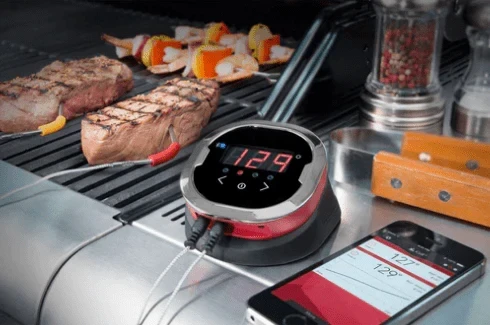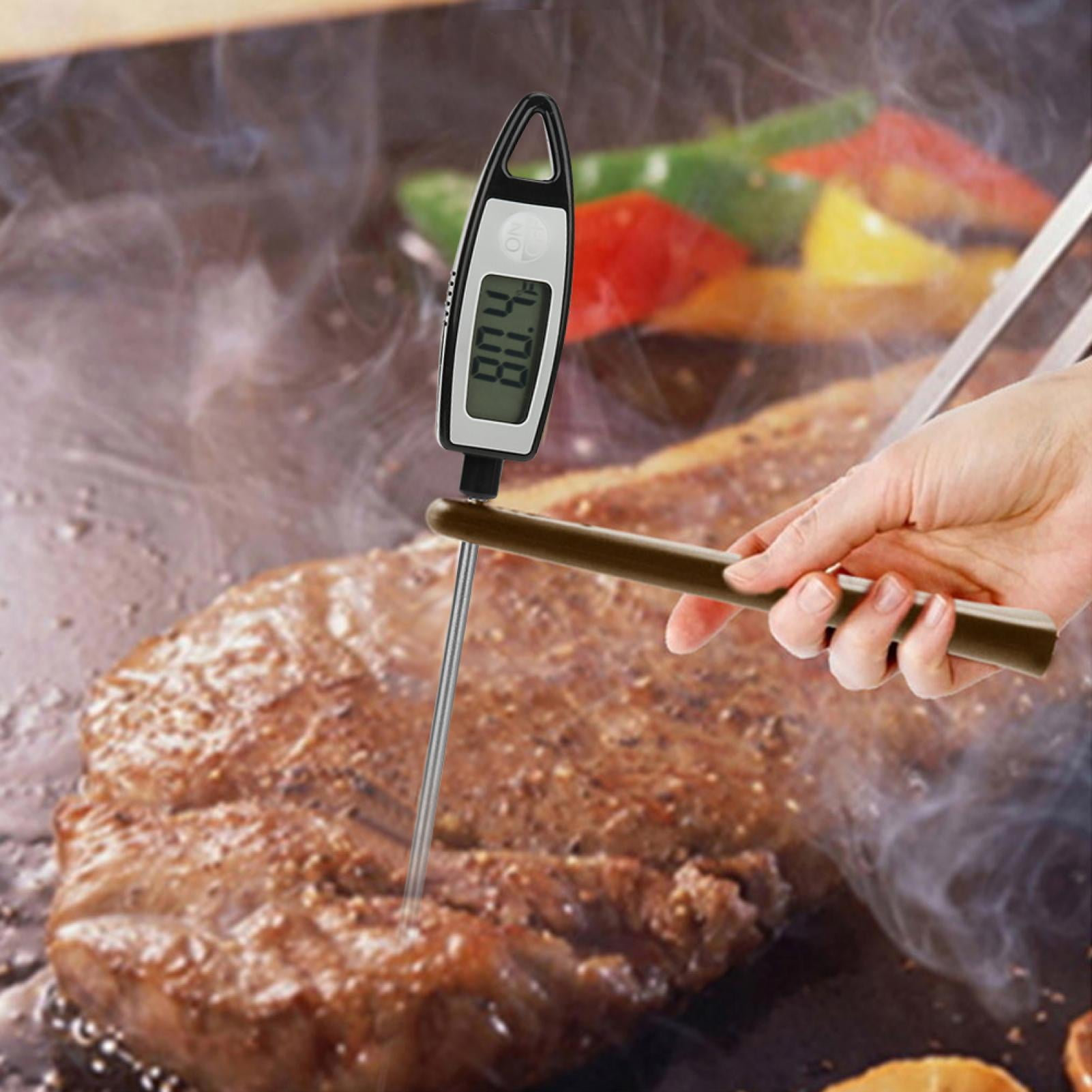Электрондук почта форматында ката
emailCannotEmpty
emailDoesExist
pwdLetterLimtTip
inconsistentPwd
pwdLetterLimtTip
inconsistentPwd


Mastering the Art of Roast Beef: A Guide to Using Meat Thermometers
In the culinary world, few dishes evoke as much anticipation and delight as a perfectly cooked roast beef. The aroma of seared meat, the juicy tenderness, and the melt-in-your-mouth texture are experiences that transcend mere sustenance and elevate dining to an art form. However, achieving this level of perfection requires more than just a keen sense of timing – it demands precise temperature monitoring. Enter the unsung hero of the kitchen: the meat thermometer. This essential tool holds the key to unlocking the secrets of succulent, perfectly cooked roast beef every time. Join us on a journey to master the art of using meat thermometers, where the line between culinary success and disappointment is measured in mere degrees.
The Importance of Temperature
When it comes to roast beef, temperature is the defining factor that separates a delectable masterpiece from a tough, underwhelming disappointment. Undercooking can leave the meat raw and potentially unsafe to consume, while overcooking can result in a dry, chewy texture that robs the dish of its inherent juiciness and flavor. It's a delicate balance that requires precise monitoring and control – a challenge that meat thermometers are uniquely equipped to address.
Types of Meat Thermometers
Not all meat thermometers are created equal. Understanding the different types available can help you choose the right tool for the job:
-
Instant-Read Thermometers: These handy devices provide quick and accurate temperature readings, making them ideal for checking the doneness of roasts, steaks, and other meat dishes.
-
Oven-Safe Thermometers: Designed to withstand high temperatures, these thermometers can be left in the meat during the cooking process, allowing for continuous temperature monitoring without opening the oven door.
-
Digital Probe Thermometers: Featuring a detachable probe connected to a digital display, these thermometers offer precise temperature readings and often include additional features like preset temperature alarms and timers.
Mastering the Technique
Using a meat thermometer effectively is more than just a matter of inserting it into the roast and reading the temperature. Proper technique is crucial for accurate readings and consistent results:
- Insert the thermometer into the thickest part of the roast, avoiding bones or fatty areas that can skew the reading.
- Ensure the thermometer is fully inserted, but not touching the pan or any other surfaces that could conduct heat and affect the reading.
- Allow the thermometer to stabilize before taking the final temperature reading.
- Resist the temptation to open the oven door frequently, as this can cause temperature fluctuations and prolong the cooking time.
Understanding Doneness Temperatures
Knowing the ideal doneness temperatures for roast beef is essential for achieving the desired level of tenderness and juiciness:
- Rare: 120°F to 125°F (49°C to 52°C)
- Medium-Rare: 130°F to 135°F (54°C to 57°C)
- Medium: 140°F to 145°F (60°C to 63°C)
- Medium-Well: 150°F to 155°F (66°C to 68°C)
- Well-Done: 160°F (71°C) and above
Remember, the temperature will continue to rise slightly after removing the roast from the oven, a phenomenon known as "carryover cooking."
Resting and Serving
Once your roast beef has reached the desired doneness temperature, it's crucial to let it rest before slicing and serving. This resting period allows the juices to redistribute throughout the meat, ensuring a moist and tender result. Generally, a resting time of 10 to 15 minutes is recommended for most roasts.
Conclusion:
Mastering the art of roast beef is a journey that requires patience, technique, and the right tools. By incorporating a meat thermometer into your cooking routine, you'll unlock a world of culinary precision, consistently producing roasts that are cooked to perfection – from the first succulent bite to the last savory morsel. Embrace the power of temperature control, and elevate your roast beef game to new heights of deliciousness.

